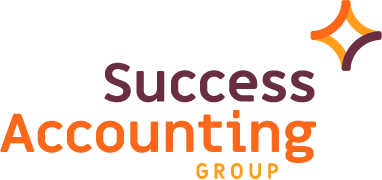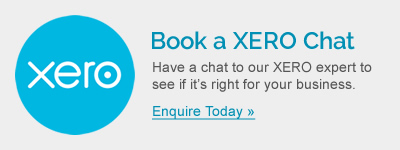Planning the Best Use of Super: How To Maximize Your Superannuation
We watch our superannuation balances increase for decades. But figuring out how to use it wisely might be confusing for those who plan to retire in the near future.
Planning the best use of super refers to strategically managing and utilising one’s superannuation funds to maximise retirement savings and benefits. This may involve making contributions, choosing appropriate investment options, consolidating multiple accounts, and planning for retirement income streams.

Image by Nattanan Kanchanaprat from Pixabay
Saving For Retirement
Some key considerations for planning the best use of super include assessing one’s financial goals, risk tolerance, investment time horizon, and tax implications. It is also important to regularly review and adjust the superannuation strategy as circumstances change.
For the most common choices, here are some factors to take into account.
Taking It Easy When Retiring
When you are under 65 and have reached your super preservation age (55 to 60, depending on your birthdate), you can continue to work and get regular payments from your super.
Reducing your working hours without sacrificing your income is possible when you use a transition-to-retirement revenue stream. You must use a minimum of 4% and a maximum of 10% of your super account balance each fiscal year in order to benefit from this choice.
There are complicated regulations and not everyone is a good fit for a transition-to-retirement plan. Seeking financial advice is crucial to ensure that it suits your needs.
Advantages
- Gives you the option to gradually transition into retirement by working fewer hours while keeping the same income and supplementing it with an income stream designated for this purpose.
- If you have extra money every week or month, you can increase your super by making more contributions, maybe by sacrificing part of your pay if that works for you.
- Tax advantages exist. The transition-to-retirement pension payments are tax-free if you are over 60 (but the fund earnings are still subject to taxes).
Drawbacks
- The taxable part of the transition-to-retirement pension payments for individuals aged 55 to 59 is subject to taxation at your marginal tax rate; however, a 15% tax offset will be provided to you.
- When you take money out of your super, it lowers the amount you’ll have when you retire.
- It could impact Centrelink benefits.
Receiving Pension in Retirement
The most typical kind of retirement income stream is this one. As long as you don’t go over the lifetime cap, often referred to as the transfer balance cap, you can take as much as you’d want from it as a regular retirement income.
Advantages
- You are required to withdraw a minimum amount each year, but there is no maximum.
- Pension payments are flexible; you can receive them every week, every two weeks, every month, or every year.
- You still have the option to go back to work, and it won’t have an impact on the revenue stream you’ve already started.
Drawbacks
- Your Centrelink entitlements may be impacted by the account-based pension.
- There’s a chance that the amount you can withdraw from your superannuation will not last as long as you do.
- The transfer balance cap places a cap on the amount you can utilise for your pension.
Taking a Lump Sum
Once you meet the employment and age requirements, you can opt to accept your super as a lump sum or as a combination of pension and lump sum payments.Advantages
- Provides an opportunity for you to settle debts and lessen financial strain.
- Lets you invest in something other than a super fund, such a piece of real estate.
- If you are sixty years of age or older, pay little or no tax.
Drawbacks
- You might have to pay additional taxes if you use the lump payment to invest.
- If you lower your super balance today, you’ll have less later.
- Getting a large sum of money all at once could tempt you to overspend.
Obtaining Funds from an SMSF
For those who own self-managed super funds (SMSFs), there are several further considerations. For instance, you must carefully review your Trust Deed for any regulations or limitations regarding your ability to access your superannuation. You should also think about how your fund might satisfy pension requirements in the event that it has sizable non-cash assets, including real estate. A financial planner should be consulted in order to fully comprehend your situation.
Contact our Success team today! Allow us to guide you through the possibilities and provide advice on the most suitable solutions because selecting the best course of action for your retirement income can be a difficult task.
Insert Image

About Lan Nguyen
Lan is the Founder and Chief Strategist at Success Accounting Group, Melbourne based CA firm. In a matter of short 8 years she has built up a reputable Chartered accounting firm with 3 offices and a team of 6 professional accountants and support team members. Her mission is to provide Innovative and Strategic Financial advice to help her customers make smarter financial decisions today for a brighter future.
Success Accounting Group is for established business owners who would like help to grow a sustained business. As a business owner you understand what drives your business success with our accounting team taking care of the rest.




